Home>Furniture & Design>Bathroom Accessories>What Are The Tiny Bugs In My Bathtub
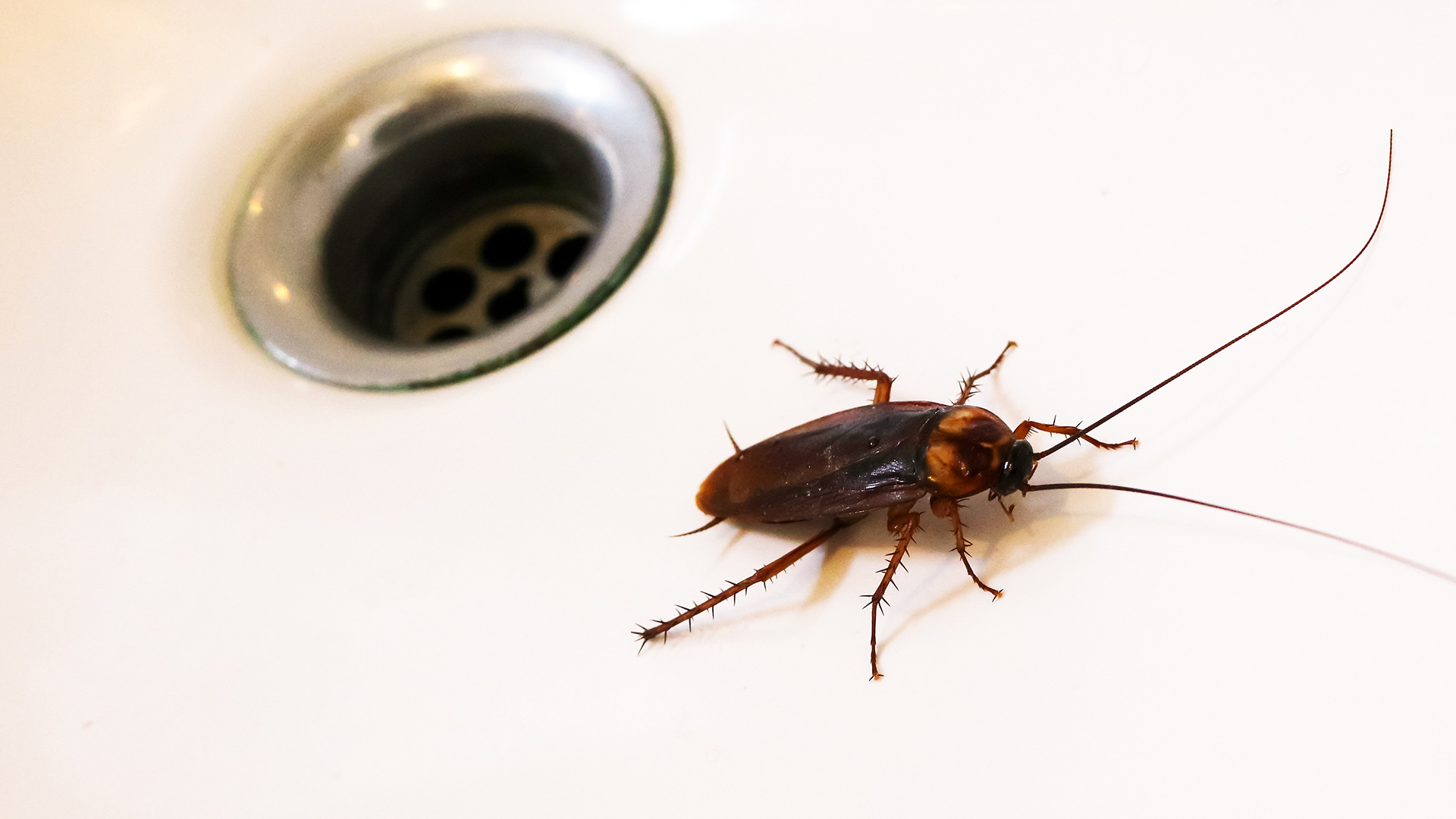

Bathroom Accessories
What Are The Tiny Bugs In My Bathtub
Published: February 17, 2024
Discover the common causes of tiny bugs in your bathtub and how to get rid of them with the right bathroom accessories. Keep your bathroom bug-free!
(Many of the links in this article redirect to a specific reviewed product. Your purchase of these products through affiliate links helps to generate commission for Storables.com, at no extra cost. Learn more)
Introduction
Have you ever stepped into your bathroom, only to discover tiny bugs scurrying around your bathtub? If so, you're not alone. Many homeowners have encountered this perplexing situation, and it's essential to understand the nature of these tiny bugs and how to address the issue effectively.
The presence of tiny bugs in your bathtub can be disconcerting, but it's crucial to approach the situation with a calm and methodical mindset. By gaining insight into the types of bugs commonly found in bathrooms and the potential reasons for their presence, you can take proactive steps to address the issue and prevent future infestations.
In this comprehensive guide, we'll delve into the world of tiny bugs in bathtubs, exploring the various types of insects that may take up residence in this area of your home. Additionally, we'll discuss the potential causes of these infestations and provide practical strategies for eliminating the pesky bugs from your bathtub. Furthermore, we'll explore preventive measures to safeguard your bathroom from future bug invasions.
By the end of this article, you'll be equipped with the knowledge and strategies necessary to tackle the presence of tiny bugs in your bathtub with confidence and efficiency. Let's embark on this enlightening journey to uncover the secrets of these elusive bathroom pests and reclaim your bathing sanctuary.
Key Takeaways:
- Say goodbye to tiny bugs in your bathtub by keeping it clean, fixing leaks, and improving ventilation. Natural remedies and professional pest control can also help eliminate these pesky pests.
- Prevent future bug invasions by maintaining a clean bathroom, unclogging drains, and sealing entry points. Optimize ventilation and use natural repellents to keep your bathing space bug-free.
Read more: Why Are There Tiny Bugs In My Bathtub
Identifying the Tiny Bugs
When encountering tiny bugs in your bathtub, it's essential to accurately identify the specific type of insects present. By understanding the characteristics and behaviors of these bugs, you can gain valuable insights into their origins and potential entry points into your bathroom. Here are some common types of tiny bugs that may be found in bathtubs:
-
Drain Flies (Psychodidae): These minuscule insects, also known as moth flies, are often mistaken for fruit flies due to their similar appearance. Drain flies typically have a fuzzy, moth-like appearance and are commonly found near drains, sewage systems, and, as their name suggests, bathroom drains. They are attracted to moist environments and organic matter, making bathroom drains an ideal habitat for them.
-
Fungus Gnats (Sciaridae): These tiny, delicate insects are often found hovering around potted plants in bathrooms. Fungus gnats are drawn to damp soil and decaying organic matter, making them a common sight in bathrooms with indoor plants. Their slender bodies and long legs distinguish them from other tiny bugs.
-
Springtails (Collembola): These minute, jumping insects are often found in damp, humid environments, including bathroom surfaces and drains. Springtails are known for their ability to leap significant distances when disturbed, and they thrive in moist conditions, such as those found in bathrooms with poor ventilation.
-
Cockroach Nymphs: The presence of tiny, translucent bugs in your bathtub may indicate the presence of cockroach nymphs. These juvenile cockroaches are often mistaken for other small insects due to their pale coloration and swift movements. Identifying these bugs can signal a potential cockroach infestation in your home.
-
Mold Mites: These nearly microscopic pests are commonly found in damp, moldy environments, including bathroom walls, ceilings, and grout lines. Mold mites feed on mold and fungi, making them a common presence in bathrooms with persistent moisture issues.
By closely observing the appearance, behavior, and typical habitats of the tiny bugs in your bathtub, you can gain valuable insights into the specific type of insects present. This knowledge is instrumental in formulating targeted strategies to eliminate the bugs and prevent their recurrence in your bathroom.
Possible Causes of Tiny Bugs in Bathtub
The presence of tiny bugs in your bathtub can be attributed to various underlying causes, each contributing to the favorable conditions for insect infestations. Understanding these potential causes is crucial in addressing the root of the issue and implementing effective solutions. Here are the possible reasons for the appearance of tiny bugs in your bathtub:
-
Moisture and Dampness: Bathrooms are inherently humid environments, providing an ideal breeding ground for many types of tiny bugs. The accumulation of moisture around the bathtub, shower, and drains creates a hospitable habitat for insects such as drain flies, fungus gnats, and springtails. Additionally, persistent dampness can lead to mold and mildew growth, further attracting mold mites and other moisture-loving pests.
-
Organic Matter Buildup: Over time, organic matter such as hair, soap scum, and skin cells can accumulate in bathroom drains and crevices. This organic debris serves as a food source for various tiny bugs, particularly drain flies and mold mites. The presence of decaying organic matter provides sustenance and breeding sites for these insects, perpetuating their infestation in the bathtub area.
-
Lack of Ventilation: Inadequate ventilation in the bathroom can exacerbate moisture-related issues, contributing to the proliferation of tiny bugs. Without proper airflow, humidity levels can remain elevated, promoting the growth of mold and mildew while creating an inviting environment for moisture-dependent insects. Insufficient ventilation also hinders the drying of damp surfaces, perpetuating the conditions favored by these pests.
-
Leakages and Plumbing Issues: Undetected leaks in plumbing fixtures, such as faucets, pipes, or the bathtub itself, can result in hidden moisture accumulation. These concealed damp areas provide an additional breeding ground for tiny bugs, particularly drain flies and fungus gnats. Addressing and repairing any plumbing issues is essential in mitigating the conducive environment for insect infestations.
-
Presence of Other Pests: The presence of other pests, such as cockroaches, can contribute to the appearance of tiny bugs in the bathtub. Cockroach nymphs, in particular, may seek refuge in the moist, secluded spaces of the bathroom, including the bathtub area. Identifying and addressing underlying pest issues is crucial in preventing secondary infestations of tiny bugs.
By recognizing these potential causes of tiny bugs in your bathtub, you can take targeted measures to address each contributing factor. Implementing proactive strategies to mitigate moisture, eliminate organic debris, improve ventilation, and address plumbing issues can effectively reduce the likelihood of insect infestations in your bathroom.
To prevent tiny bugs in your bathtub, regularly clean and dry the area to remove any standing water and organic matter that may attract them. Consider using a drain cover to prevent bugs from entering through the drain.
How to Get Rid of Tiny Bugs in Bathtub
Addressing the presence of tiny bugs in your bathtub requires a systematic approach to eliminate the existing infestation and prevent future occurrences. By implementing targeted strategies, you can reclaim your bathing sanctuary from these pesky pests. Here's a comprehensive guide on how to get rid of tiny bugs in your bathtub:
-
Thorough Cleaning: Initiate the eradication process by conducting a thorough cleaning of your bathtub and its surroundings. Use a mild, non-toxic cleaner to scrub the surfaces, including the drain, grout lines, and any areas where the bugs have been observed. Removing organic matter and debris will eliminate potential food sources and breeding sites for the insects.
-
Unclogging Drains: If drain flies or other tiny bugs are prevalent in your bathtub, it's essential to address any clogs or organic buildup in the drains. Utilize a drain snake or a mixture of baking soda and vinegar to clear the drains and remove accumulated debris. This will disrupt the insects' breeding grounds and reduce their population.
-
Repairing Leaks: Inspect your bathroom for any plumbing leaks or moisture seepage. Addressing and repairing these issues will eliminate hidden sources of moisture that attract and sustain tiny bugs. By resolving leaks promptly, you can create an inhospitable environment for the insects to thrive.
-
Improving Ventilation: Enhance the ventilation in your bathroom by utilizing exhaust fans or opening windows to facilitate airflow. Proper ventilation helps reduce humidity levels and accelerates the drying of surfaces, making the environment less favorable for moisture-dependent bugs.
-
Natural Remedies: Consider using natural remedies to repel and eliminate tiny bugs in your bathtub. For instance, creating a solution of diluted essential oils, such as tea tree oil or lavender oil, can act as a natural insect repellent. Additionally, placing small bowls of apple cider vinegar near the bathtub can attract and trap drain flies, reducing their population.
-
Professional Pest Control: In cases of persistent or extensive infestations, seeking professional pest control services may be necessary. Pest control experts can assess the severity of the infestation and implement targeted treatments to eradicate the tiny bugs effectively. They can also provide guidance on preventive measures to avoid future infestations.
-
Regular Maintenance: Establish a routine maintenance schedule for your bathroom to prevent the recurrence of tiny bugs. This includes regular cleaning, drain maintenance, and prompt repair of any plumbing issues. By staying proactive, you can create an inhospitable environment for insects and maintain a bug-free bathtub.
By following these proactive measures and implementing targeted solutions, you can effectively eliminate tiny bugs from your bathtub and create an environment that deters their return. Taking a comprehensive approach to bug eradication and prevention will ensure that your bathing space remains free from unwanted insect intruders.
Preventing Future Infestations
Safeguarding your bathtub from future infestations of tiny bugs requires a proactive and vigilant approach to maintaining a clean, inhospitable environment for these pests. By implementing preventive measures, you can significantly reduce the likelihood of recurrent infestations and preserve the hygiene and comfort of your bathroom. Here are essential strategies to prevent future bug invasions:
-
Routine Cleaning and Maintenance: Establish a regular cleaning schedule for your bathroom, focusing on the bathtub, drains, and surrounding areas. By consistently removing organic matter, soap scum, and debris, you can eliminate potential food sources and breeding sites for tiny bugs. Additionally, periodic maintenance of plumbing fixtures and drains will prevent the accumulation of organic matter, reducing the attractiveness of the environment to insects.
-
Diligent Drain Care: Maintain clean and unclogged drains to deter drain flies and other tiny bugs from establishing breeding grounds. Utilize drain covers to prevent debris buildup and conduct routine inspections to address any emerging clogs promptly. By keeping the drains clear and free-flowing, you can minimize the conditions conducive to insect infestations.
-
Optimized Ventilation: Enhance the ventilation in your bathroom by utilizing exhaust fans during and after bathing to expel excess moisture. If your bathroom lacks an exhaust fan, consider installing one to promote airflow and reduce humidity levels. Additionally, opening windows or utilizing dehumidifiers can aid in maintaining optimal moisture levels, discouraging the presence of moisture-dependent bugs.
-
Sealing Entry Points: Identify and seal any potential entry points for insects, such as gaps around plumbing fixtures, cracks in tile grout, or gaps around windows and doors. By preventing easy access for bugs to enter your bathroom, you can fortify its defenses against infestations. Pay particular attention to sealing gaps around pipes and drains to minimize the risk of insect intrusion.
-
Prompt Repairs: Address any plumbing leaks, dripping faucets, or water seepage promptly to prevent the accumulation of hidden moisture. Regularly inspect plumbing fixtures for signs of leaks and deterioration, and enlist professional assistance for timely repairs. By maintaining a watertight environment, you can eliminate one of the primary attractants for tiny bugs.
-
Natural Repellents: Consider using natural insect repellents, such as essential oils or vinegar-based solutions, to deter tiny bugs from inhabiting your bathtub and drains. These natural remedies can act as effective deterrents while minimizing the use of chemical-based insecticides, promoting a safer and eco-friendly approach to pest prevention.
By incorporating these preventive strategies into your bathroom maintenance routine, you can create an environment that is unwelcoming to tiny bugs, reducing the risk of future infestations. Consistency and diligence in implementing these measures will contribute to a bug-free and hygienic bathing space, allowing you to enjoy a tranquil and pest-free bathroom experience.
Frequently Asked Questions about What Are The Tiny Bugs In My Bathtub
Was this page helpful?
At Storables.com, we guarantee accurate and reliable information. Our content, validated by Expert Board Contributors, is crafted following stringent Editorial Policies. We're committed to providing you with well-researched, expert-backed insights for all your informational needs.
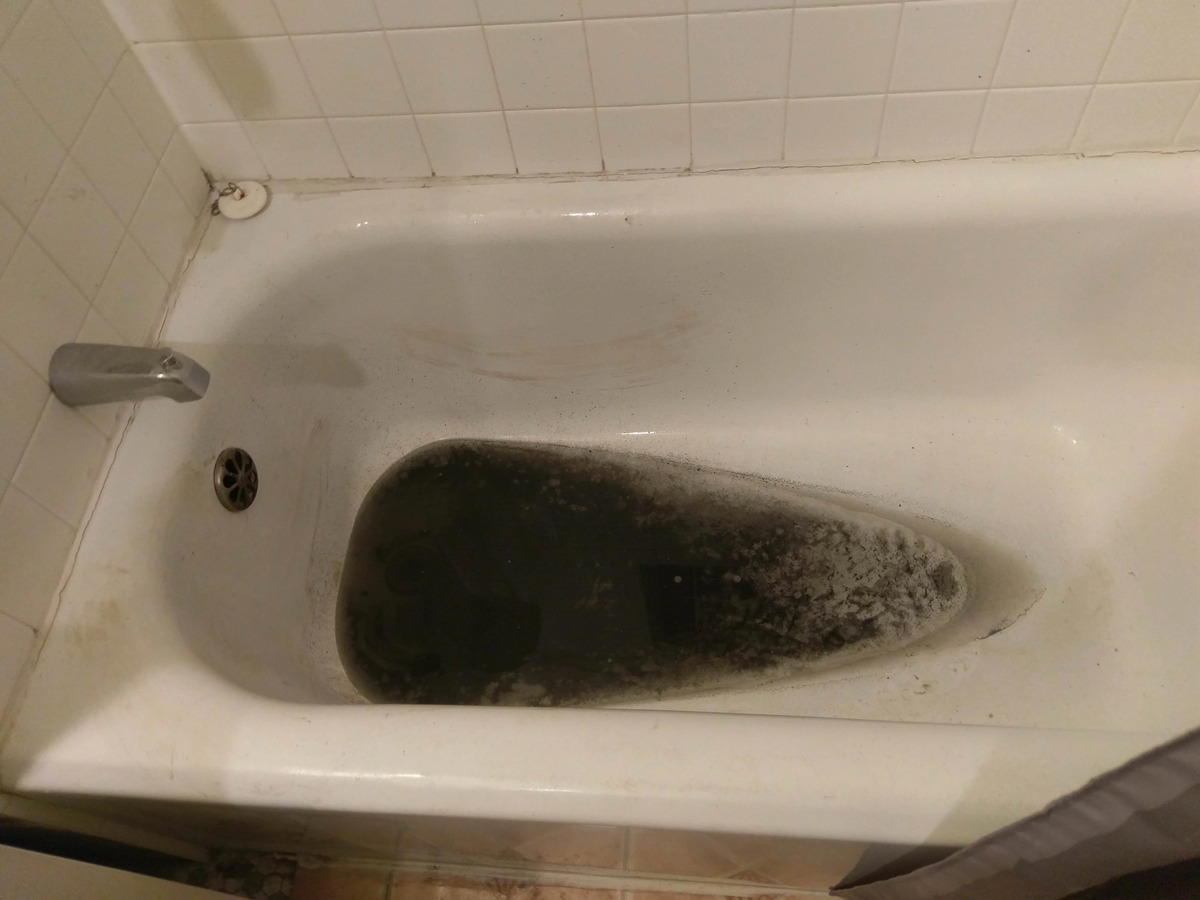
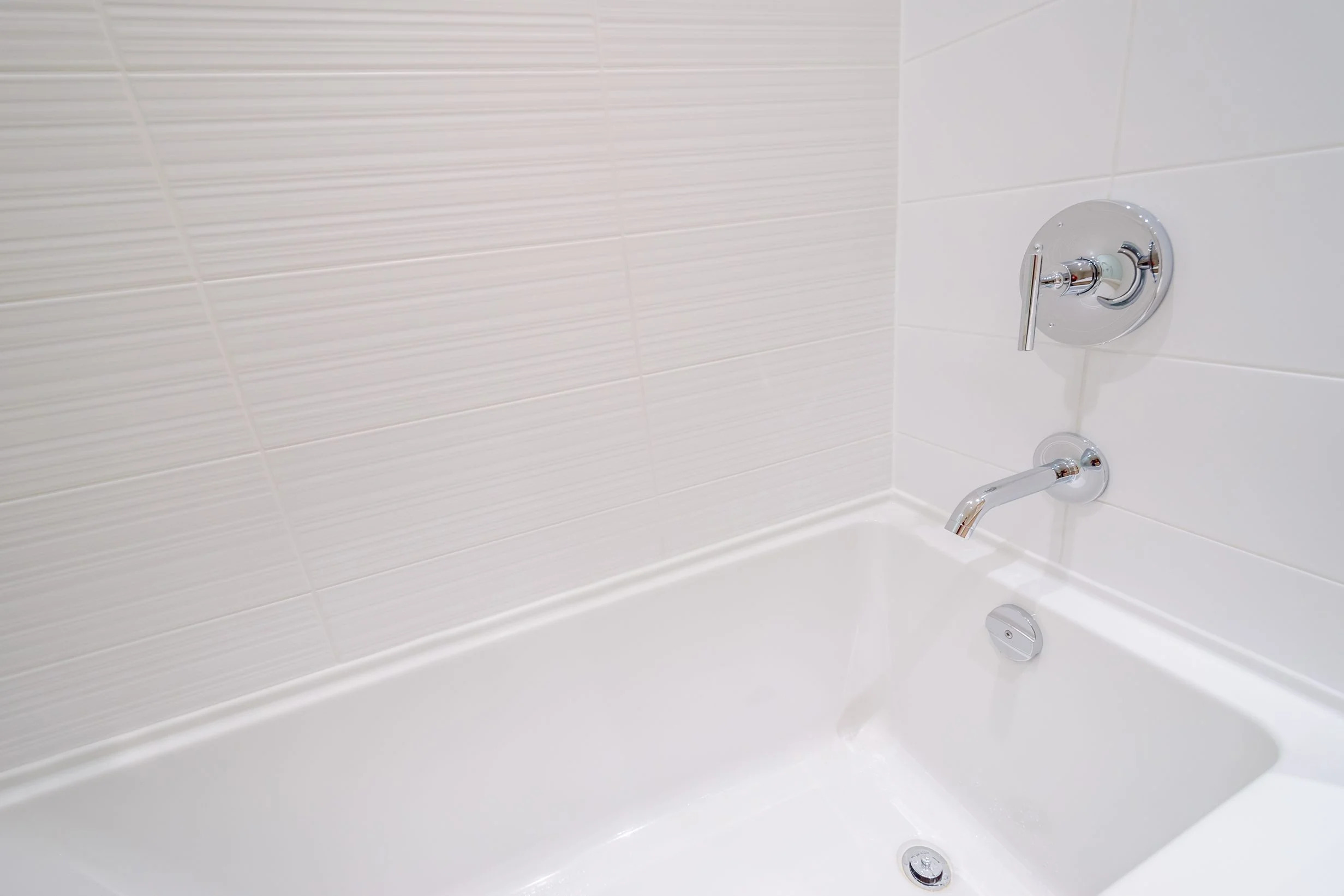
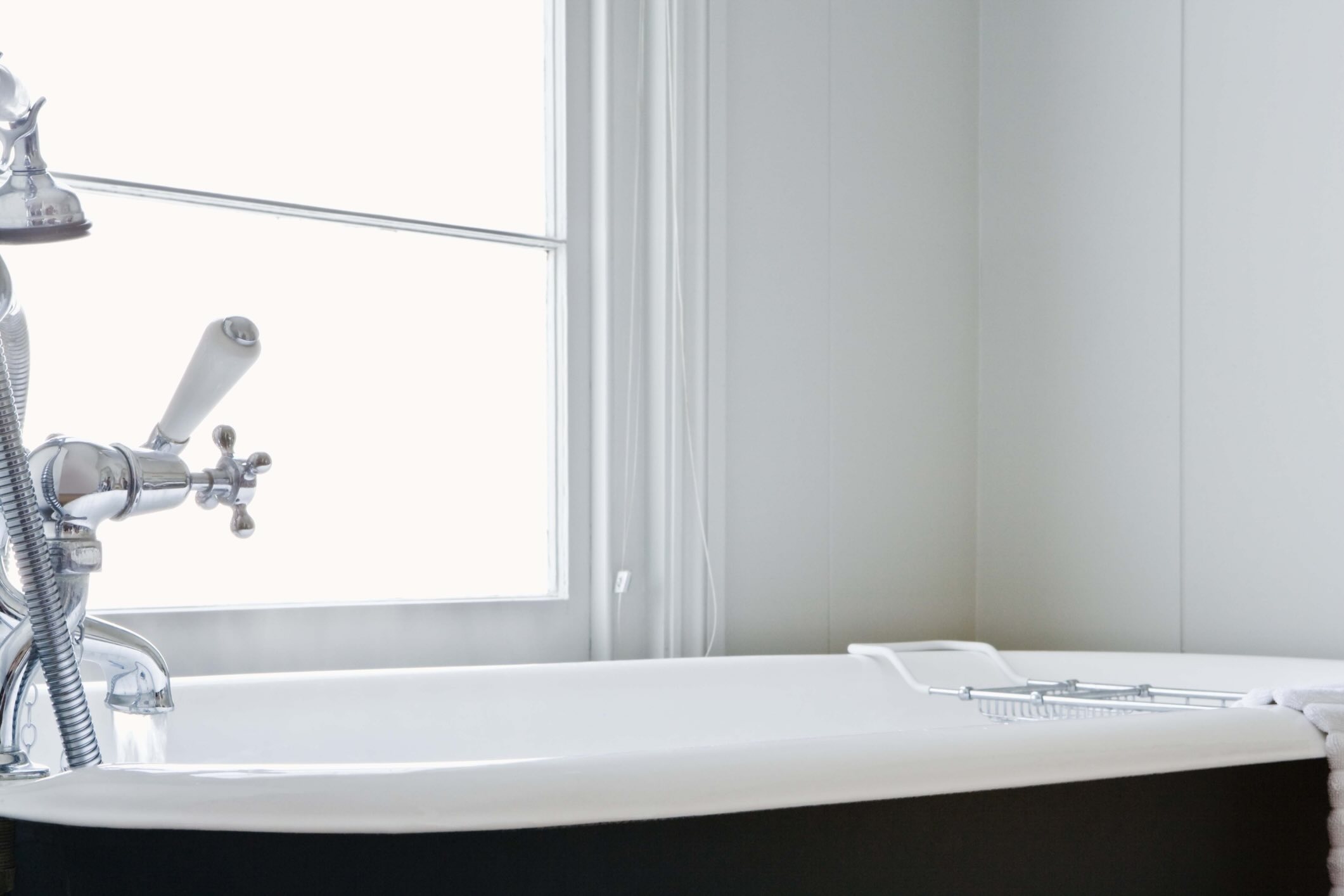
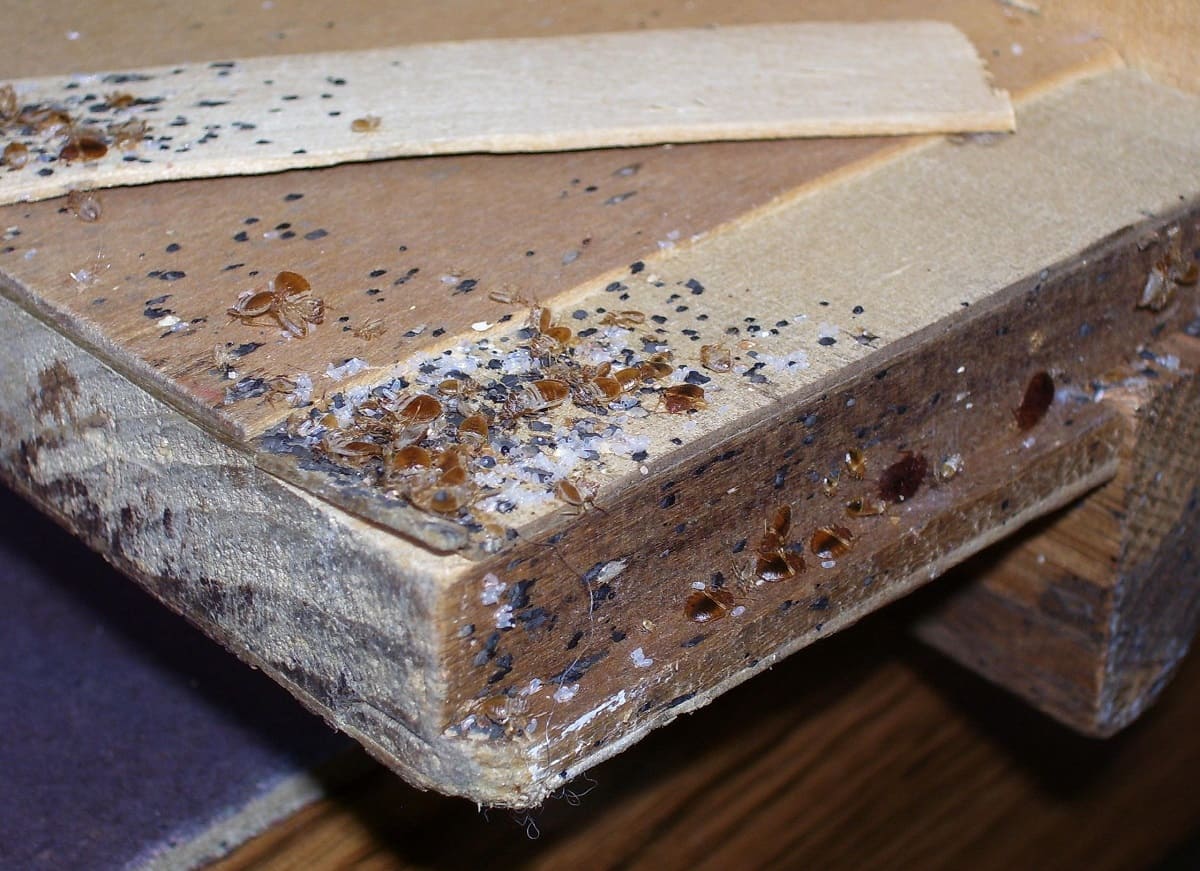
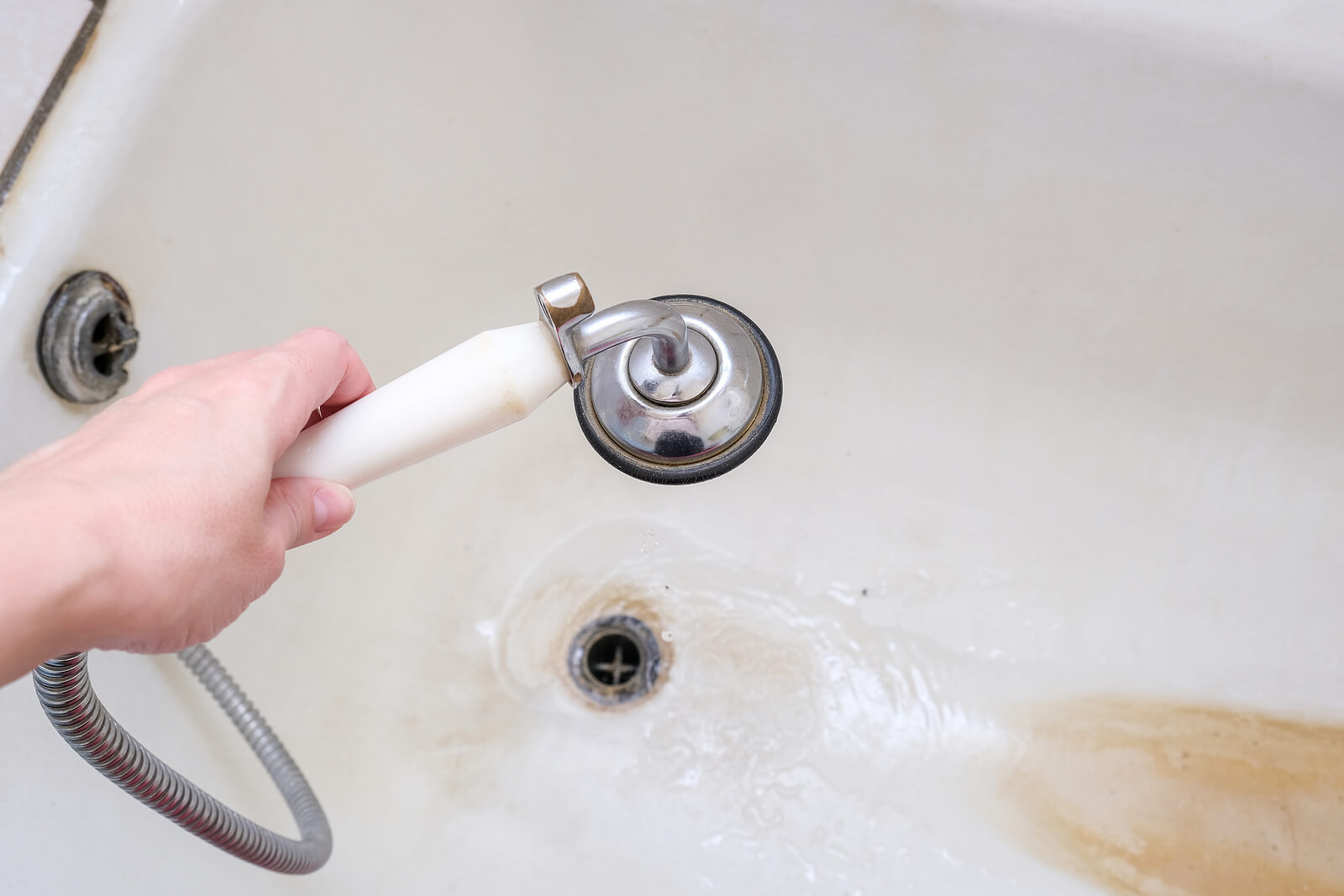
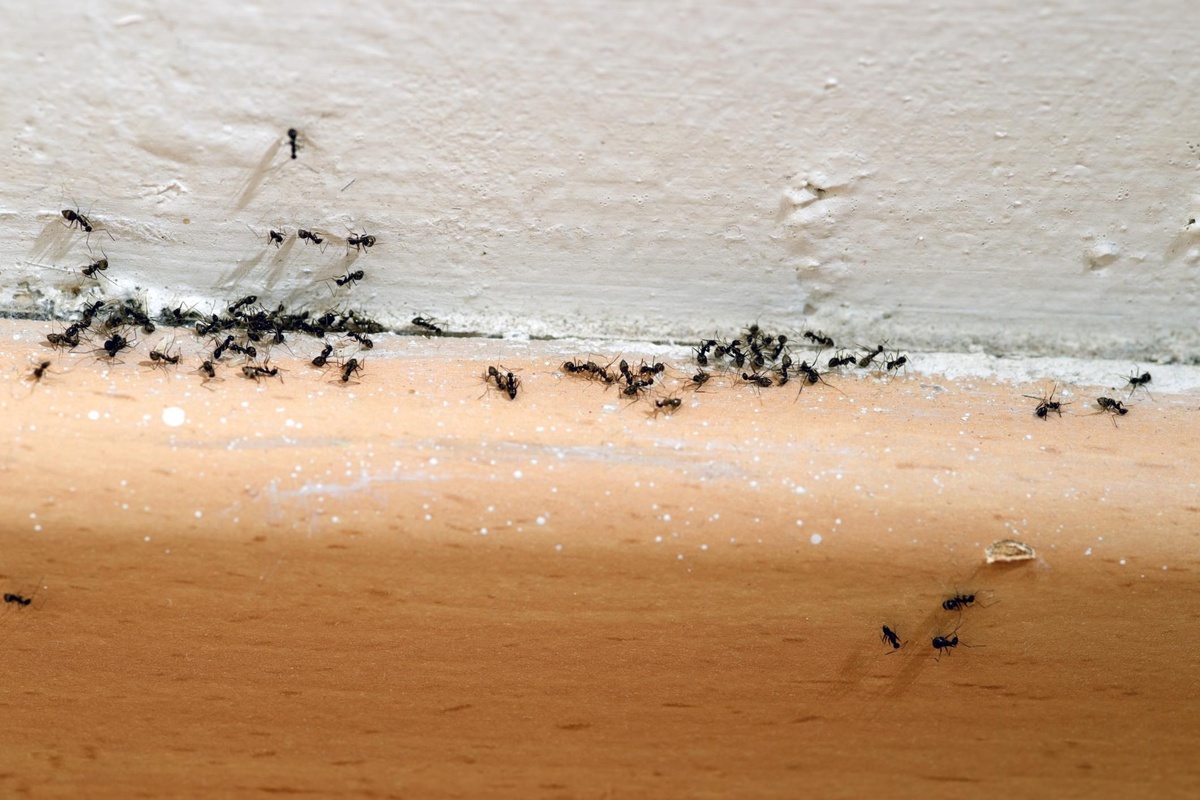
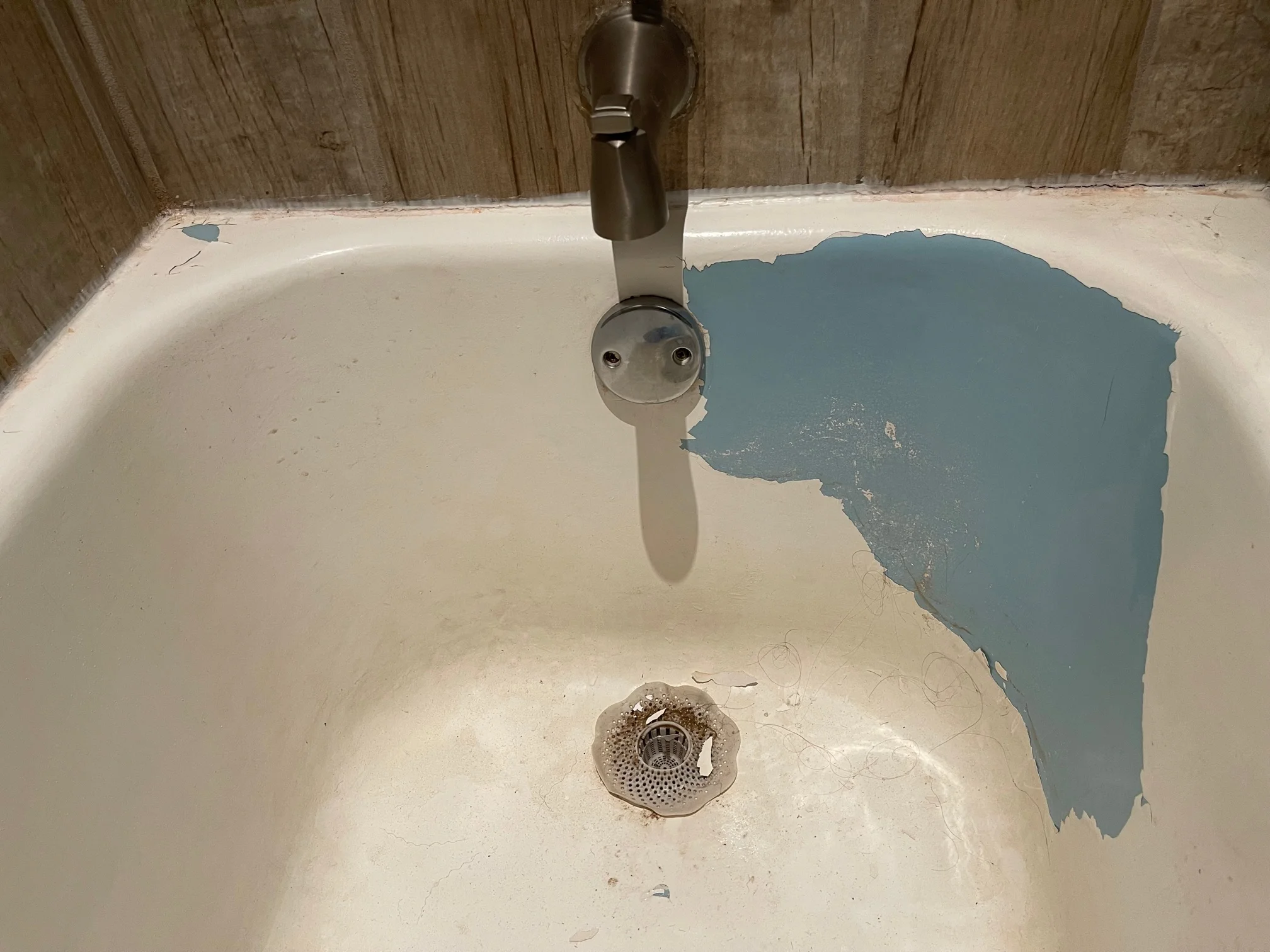
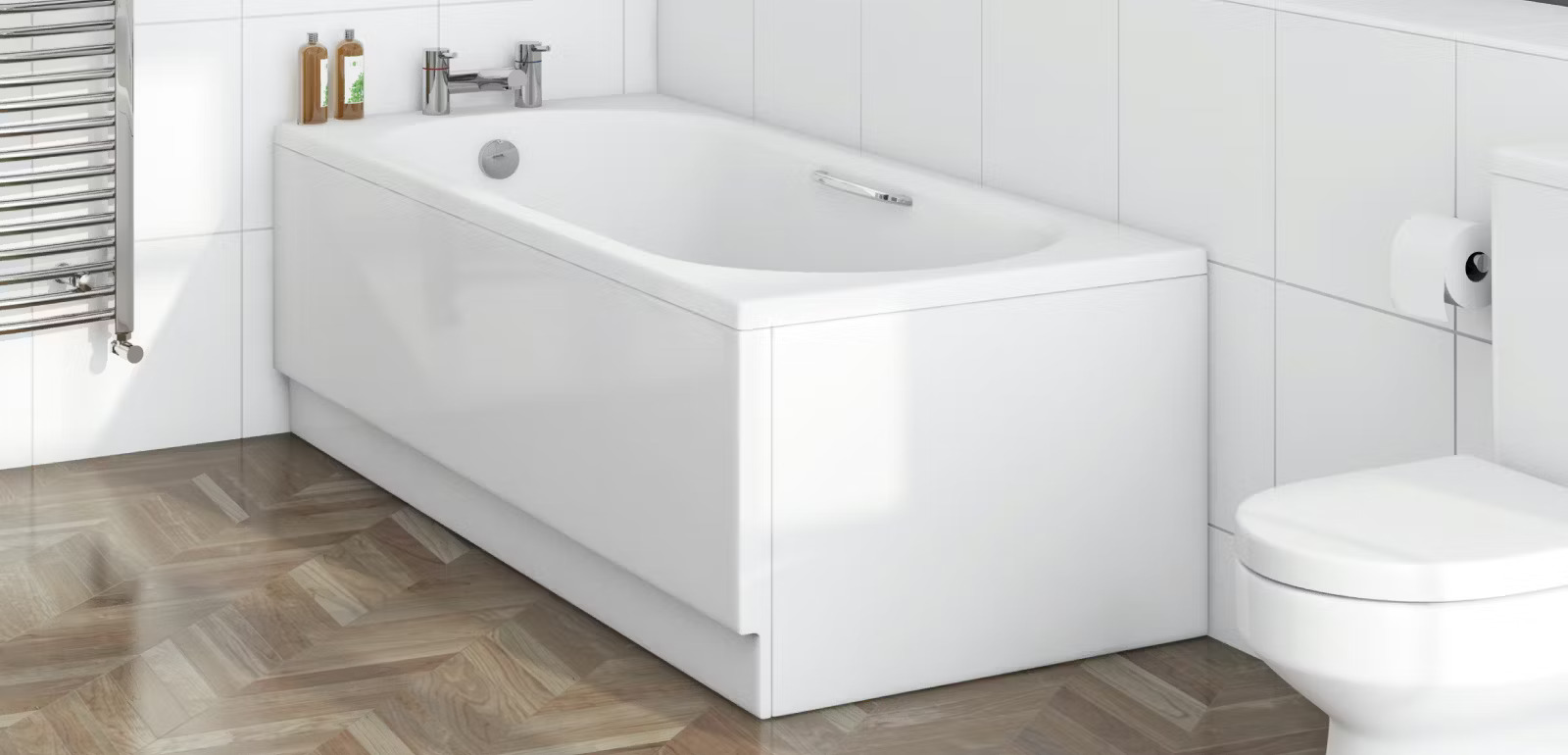
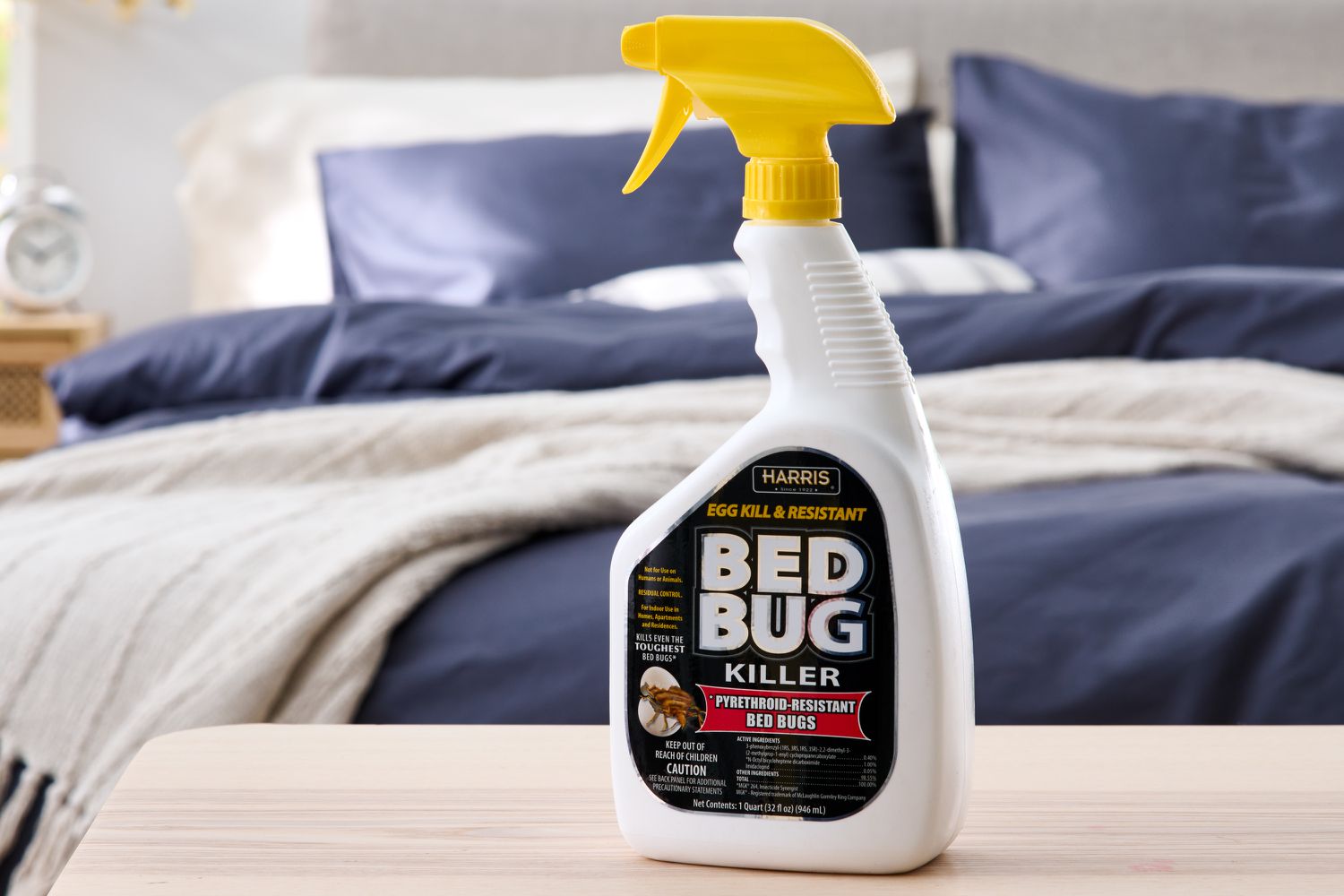
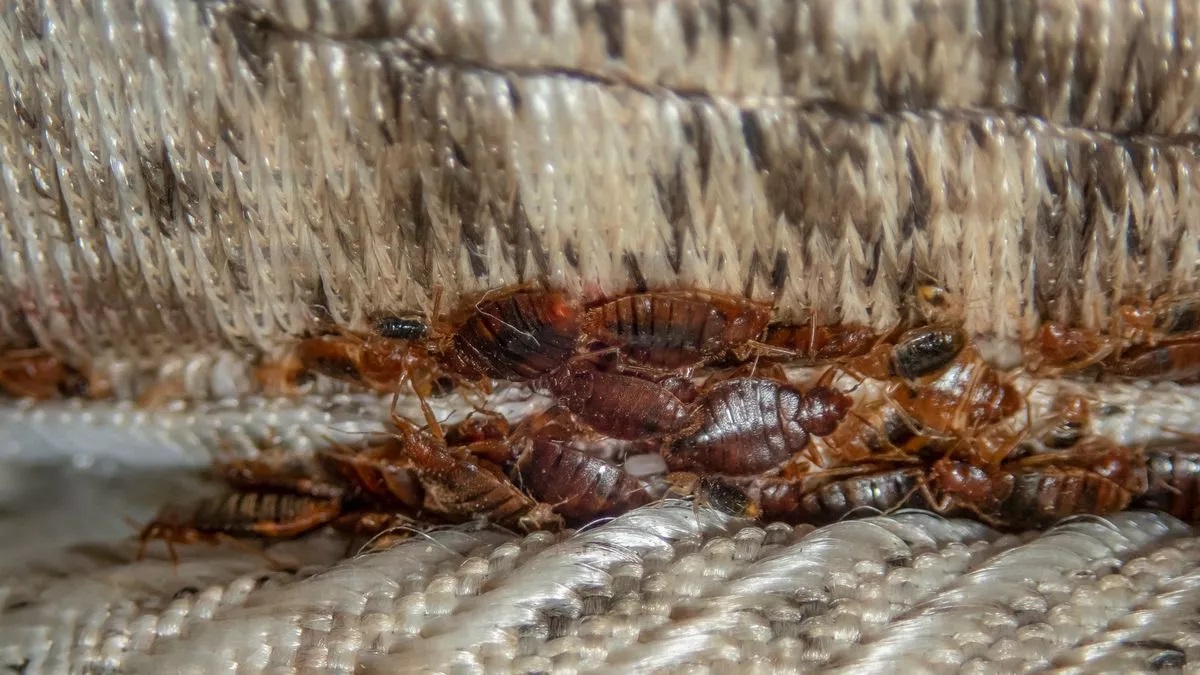
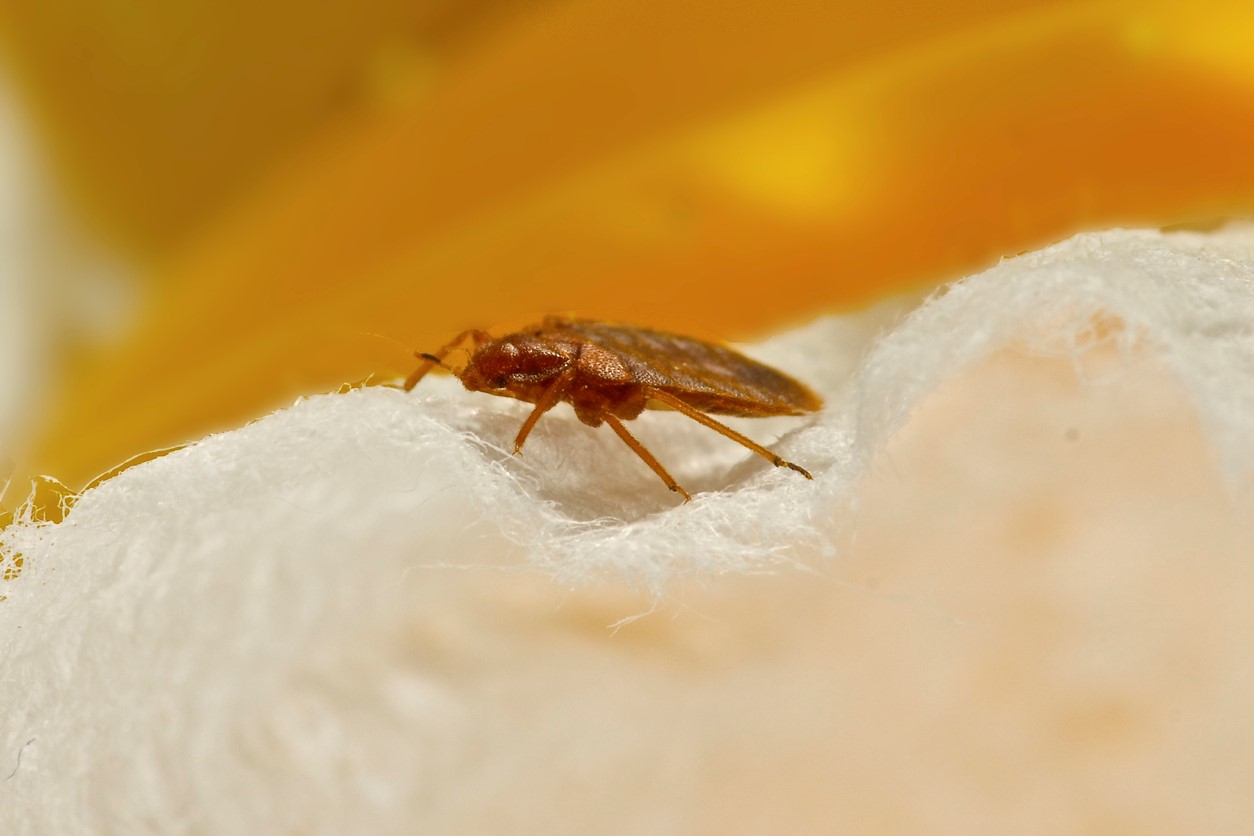
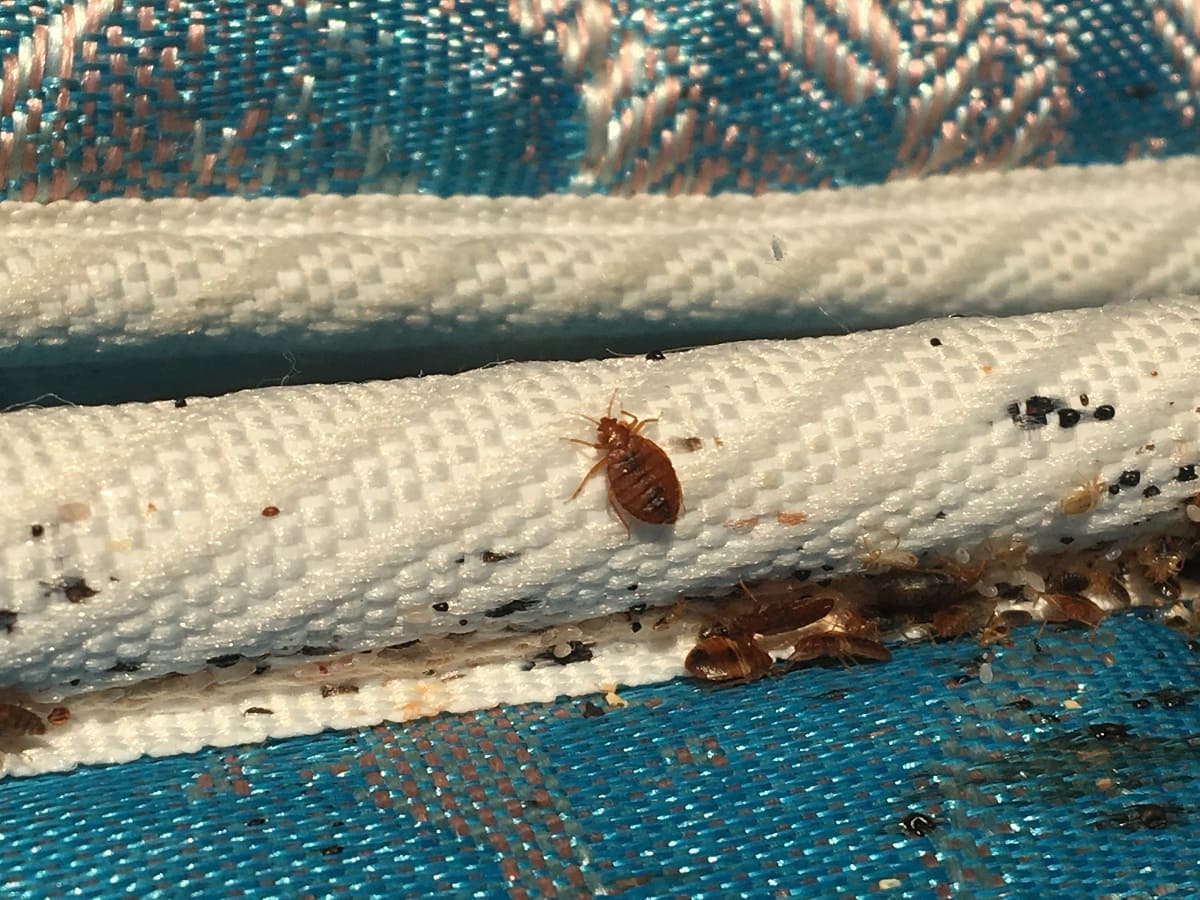

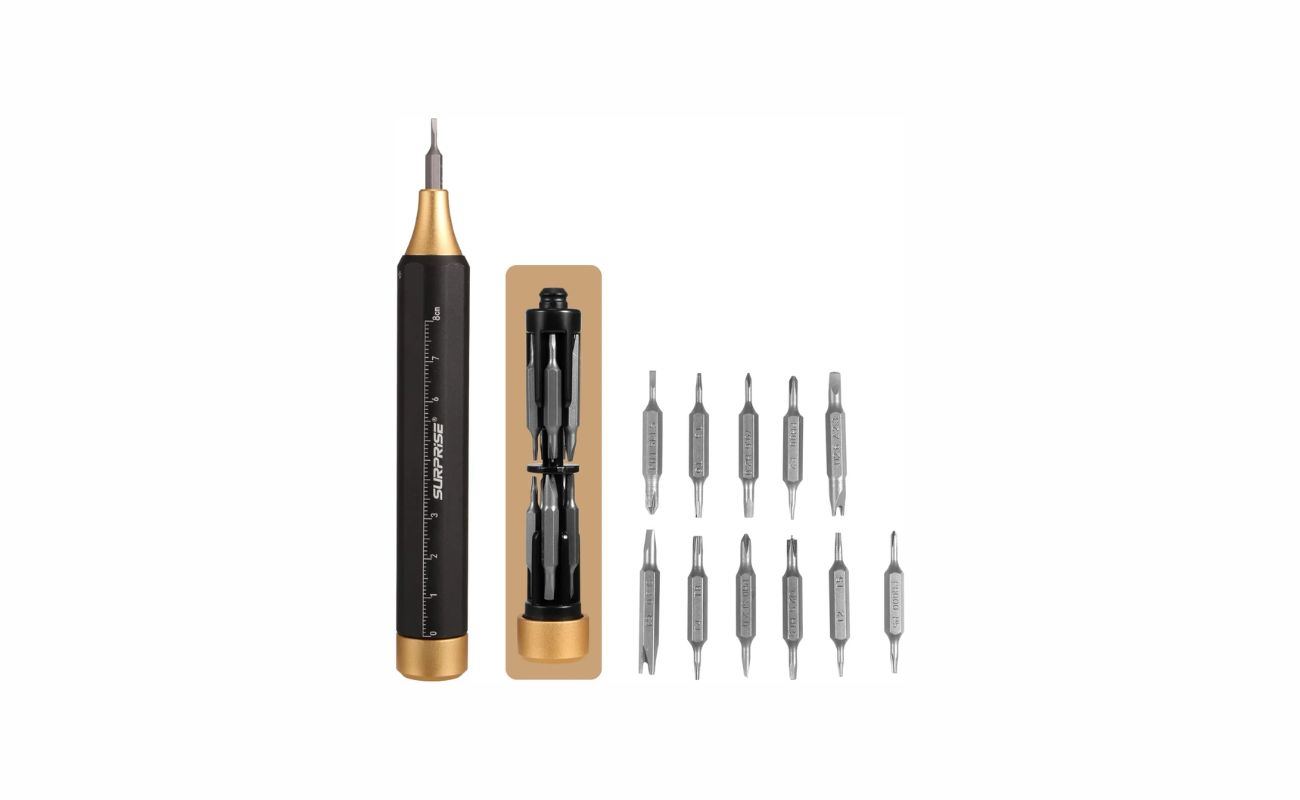


0 thoughts on “What Are The Tiny Bugs In My Bathtub”